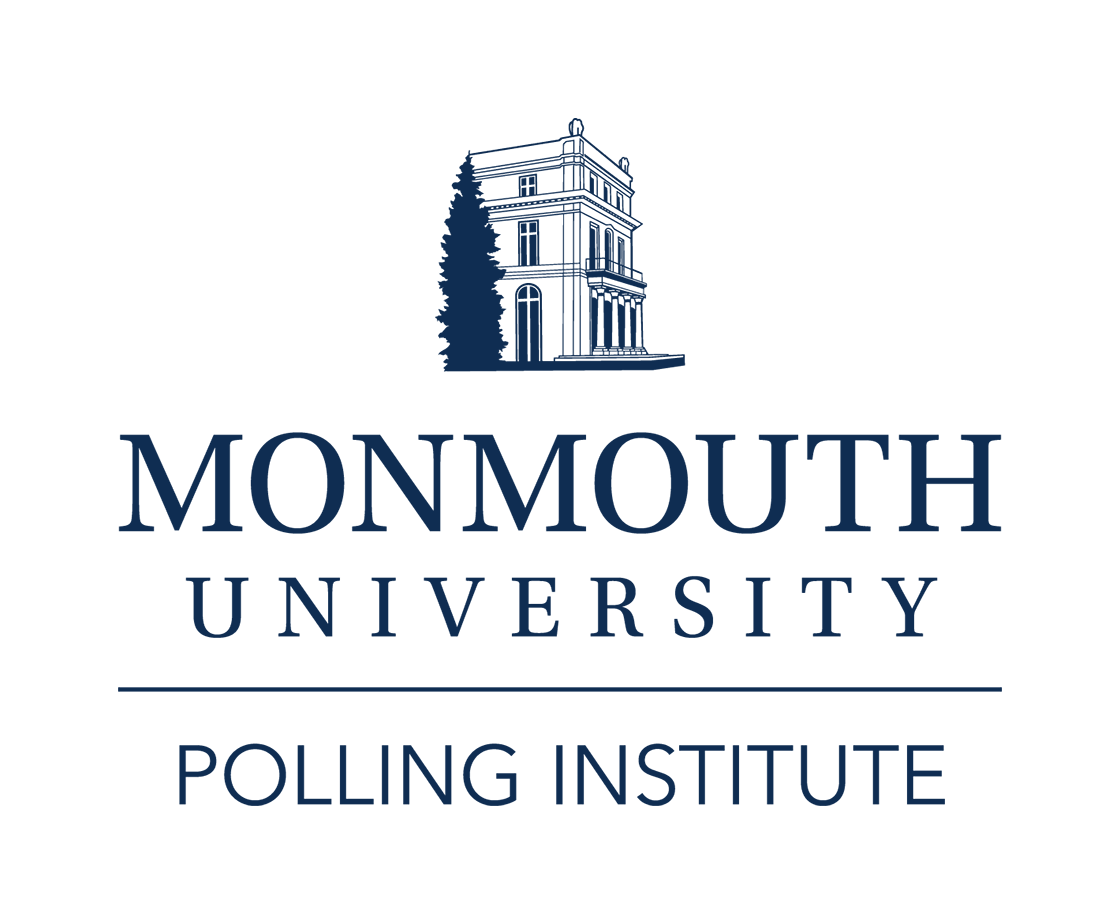West Long Branch, NJ – Hillary Clinton currently holds a double-digit lead over Bernie Sanders in next week’s Pennsylvania primary. The Monmouth University Poll also found that the Democratic primary for U.S. Senate is locked in a tie.
Clinton has the support of 52% of likely Democratic primary voters in the Keystone State while Sanders’s support stands at 39%. Clinton holds a significant lead among women (61% to 32%), while Sanders leads among men (50% to 41%). Clinton also has a significant advantage among voters age 50 and older (57% to 33%) while Sanders holds a narrow edge among voters under 50 (48% to 46%).
“After her win in New York this week, these numbers in nearby Pennsylvania suggest that the entire northeast is looking pretty good for the Clinton campaign,” said Patrick Murray, director of the Monmouth University Polling Institute.
Pennsylvania is considered a swing state in the November election. The Monmouth poll finds that a small number of Democrats may defect from the party if their favored candidate does not get the nomination. If the general election is between Clinton and Donald Trump, 81% of Pennsylvania Democratic primary voters say they would commit to supporting Clinton while 11% say they would vote for Trump. If Sanders is the nominee, 78% of Pennsylvania Democratic primary voters would back Sanders while 11% would vote for Trump.
U.S. Senate primary
Pennsylvania Democrats will also hold a U.S. Senate primary to decide who will face Republican incumbent Pat Toomey in November. The race is currently neck and neck between former state official Katie McGinty (39%) and former Congressman Joe Sestak (39%), who lost to Toomey as the Democratic nominee in 2010. Braddock mayor John Fetterman earns 4% of voter support and another 18% are undecided.
McGinty does well in the western third of the state, earning 51% of voter support there to 28% for Sestak and 10% for Fetterman. Sestak does best in the southeastern portion of the state, including Philadelphia and his former Congressional district, earning 45% there to 34% for McGinty and 1% for Fetterman. Sestak also does well in the northeastern and central portions of the state with 43% support to 31% for McGinty, and 3% for Fetterman.
One wild card in this contest is that the field is unknown to many Democratic primary voters less than a week before they vote. About half have no opinion of Sestak (48%) and McGinty (51%) and 73% have no opinion of Fetterman. However, few voters have a negative opinion of any of the candidates. Sestak has a 46% favorable to 6% unfavorable rating, McGinty has a 44% favorable to 5% unfavorable rating, and Fetterman has a 20% favorable to 6% unfavorable rating.
“There is a lot of room right now for this race to go either way,” said Murray.
The Monmouth University Poll was conducted by telephone from April 17 to 19, 2016 with 302 Pennsylvania voters likely to vote in the Democratic presidential primary. This sample has a margin of error of ± 5.6 percent. The poll was conducted by the Monmouth University Polling Institute in West Long Branch, NJ.
DATA TABLES
The questions referred to in this release are as follows:
(* Some columns may not add to 100% due to rounding.)
1. If the Democratic primary election for president was today, would you vote for – [NAMES WERE ROTATED]
| April 2016 | |
| Hillary Clinton | 52% |
| Bernie Sanders | 39% |
| (VOL) Other | 2% |
| (VOL) Undecided | 7% |
| (n) | (302) |
Turning to the U.S. Senate election…
2. If the Democratic primary election for United States Senate was today, would you vote for – [NAMES WERE ROTATED]
| April 2016 | |
| Katie McGinty | 39% |
| Joe Sestak | 39% |
| John Fetterman | 4% |
| (VOL) Undecided | 18% |
3. Is your general impression of [CANDIDATE NAME] favorable or unfavorable, or don’t you really have an opinion about her/him? [NAMES WERE ROTATED]
| Favorable | Unfavorable | No opinion | |
| Katie McGinty | 44% | 5% | 51% |
| Joe Sestak | 46% | 6% | 48% |
| John Fetterman | 20% | 6% | 73% |
[QUESTIONS 4 & 5 WERE ROTATED]
4. If Donald Trump became the Republican nominee and Hillary Clinton became the Democratic nominee, who would you vote for in the general election in November – Trump or Clinton or an independent candidate, or would you not vote for president?
| April 2016 | |
| Trump | 11% |
| Clinton | 81% |
| Independent candidate | 3% |
| Would not vote | 3% |
| (VOL) Undecided | 2% |
5. If Donald Trump became the Republican nominee and Bernie Sanders became the Democratic nominee, who would you vote for in the general election in November – Trump or Sanders or an independent candidate, or would you not vote for president?
| April 2016 | |
| Trump | 11% |
| Sanders | 78% |
| Independent candidate | 3% |
| Would not vote | 5% |
| (VOL) Undecided | 3% |
The Monmouth University Poll was sponsored and conducted by the Monmouth University Polling Institute from April 17 to 19, 2016 with a statewide random sample of Pennsylvania voters drawn from a list of registered Democratic voters, who participated in a primary election in 2012 or 2014 or voted in both of the last two general elections or have registered since 2014, and indicate they will vote in the presidential primary on April 26, 2016. The total sample of 302 likely voters includes 202 contacted by a live interviewer on a landline telephone and 100 contacted by a live interviewer on a cell phone, in English. Monmouth is responsible for all aspects of the survey design, data weighting and analysis. Final sample is weighted for age and gender based on state registration list information on the pool of voters who participate in primary elections. Data collection support provided by Braun Research (field) and Aristotle (voter list). For results based on the total sample, one can say with 95% confidence that the error attributable to sampling has a maximum margin of plus or minus 5.6 percentage points (unadjusted for sample design). Sampling error can be larger for sub-groups (see table below). In addition to sampling error, one should bear in mind that question wording and practical difficulties in conducting surveys can introduce error or bias into the findings of opinion polls.
| POLL DEMOGRAPHICS (weighted) | ||
| LIKELY DEMOCRATIC PRIMARY VOTERS | ||
|
43% Male |
17% 18-34 |
77% White |
|
57% Female |
25% 35-49 |
20% Black |
|
35% 50-64 |
3% Hispanic | |
|
23% 65+ |
1% Other | |
Click on pdf file link below for full methodology and results by key demographic groups.




